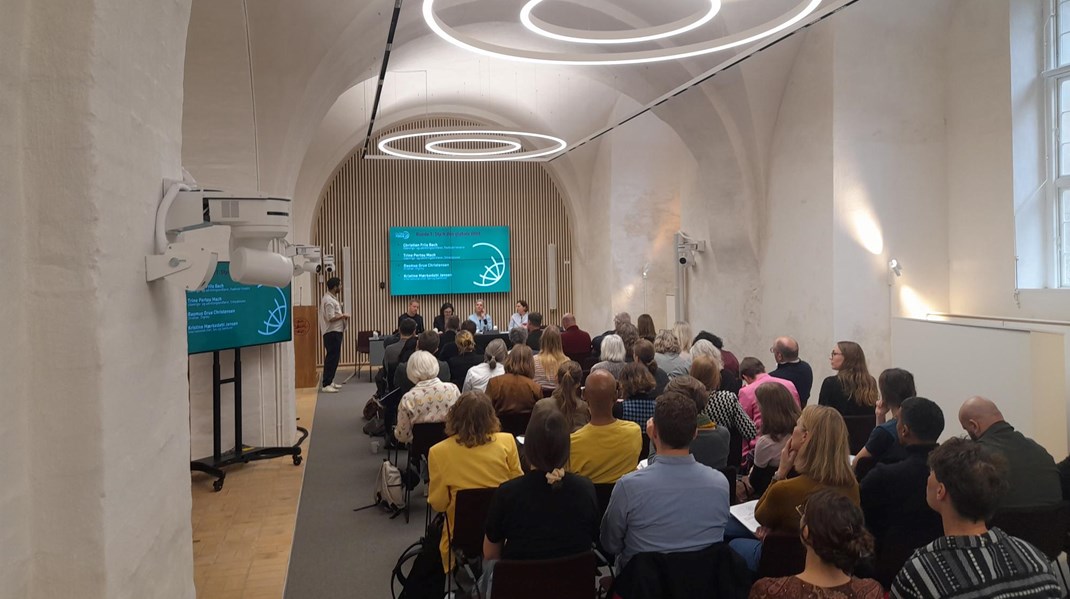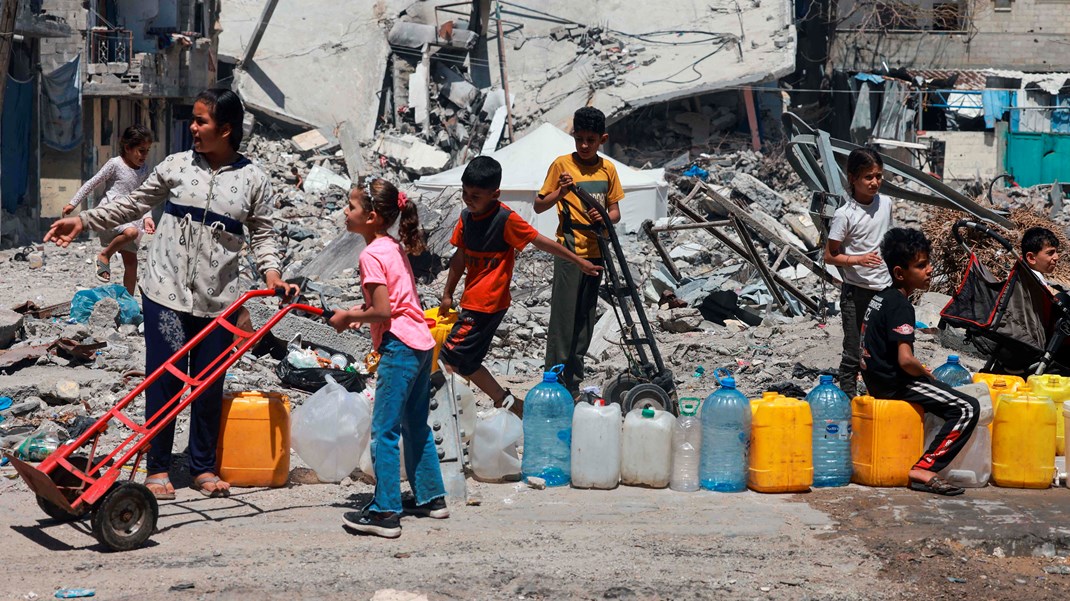Eight months after Idai: Humanitarian needs and challenges going forward in Mozambique
AIM OF THE REPORT
This report provides a snapshot of the data available and key humanitarian challenges eight months after the passage of Cyclone Idai in Mozambique between 4 - 15 March 2019.
It shows the patterns and impacts of displacement in the eight months after the passage of Cyclone Idai in Mozambique from the initial emergency response phase to a longer-term recovery phase. An overview is given of the trends of internal displacement between March and November, the main humanitarian needs reported by internally displaced people (IDPs), living conditions in affected areas, and the challenges going forward and prospects for durable solutions.1
This is important as the country moves forward in recovery and risk reduction efforts to mitigate the effects of future disasters with the upcoming arrival of the rain and cyclone season. The requirements for durable solutions are outlined in the IASC Framework on Durable Solutions for Internally Displaced Persons. See: https://interagencystandingcommittee.org/other/iasc-framework-durable-solutions-internally-displaced-persons
ABOUT THE DATA
IOM DTM data is collected in collaboration with the Government's National Disaster Management Institute (INGC) across the four provinces most affected by Cyclone Idai: Manica, Sofala, Tete and Zambezia. A network of 50 enumerators collects data in sites and localities through key informant interviews on a regular basis.
DTM implements three component activities:
1) Daily Monitoring: Rapid daily assessments of IDP population numbers (individuals & households) at accommodation centres and resettlement sites.
2) Multi-Sectoral Location Assessment: Multi-sector assessment at resettlement sites providing in-depth information on mobility, needs, and vulnerabilities.
3) Baseline Locality Assessment: Multi-sector assessment of affected localities to determine the number of affected populations and returnees along with basic shelter and access to service information.


